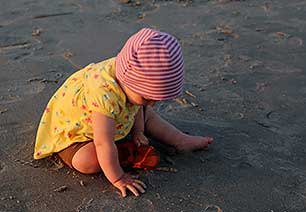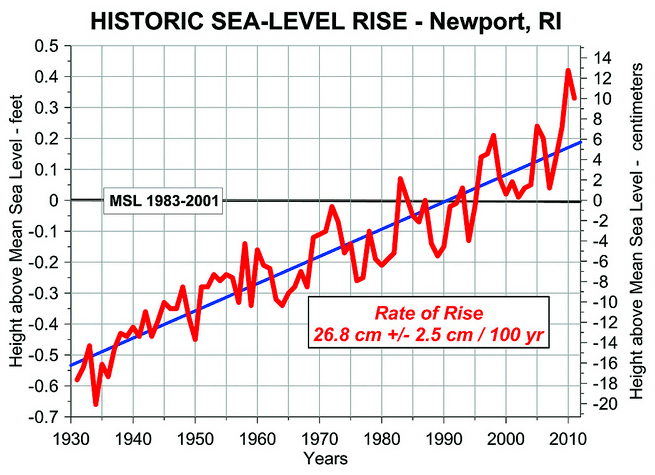
Photo Credit: Rhode Island Sea Grant
Happy to See You, Come Again Soon
The tourism and hospitality industry is one of Rhode Island’s most important economic sectors, for the thousands of jobs it provides and the significant amount of revenue generated.
If money talks, Rhode Island tourism is shouting.Tourism attractions range from the state’s beautiful, surfing-worthy ocean beaches and Newport’s position as the Sailing Capital of the World, to rich pre-Mayflower and American Revolution bona fides for history buffs. The hospitality is natural, provided you can get by a local accent that can affect outsiders like the sound of shattering glass.
A 2010 study completed for the RI Economic Development Corporation showed that tourism and in-state visitor spending generated $2.3 billion dollars for the state; provided $845 million in wages and salaries; and nearly one out of every 10 Rhode Islanders worked in jobs connected or attributed to tourism. If money talks, Rhode Island tourism is shouting.

Photo Credit: O. Van Dyke
The Ocean State
As can be expected in “The Ocean State,” with 420 miles of shoreline, many of these attractions are dependent on the state’s coastal resources, meaning climate change could be a significant challenge to this industry. At a national scale, the Environmental Protection Agency has said, “Although coastal zones are among the most important recreation resources in North America, the vulnerability of key tourism areas to sea-level rise has not been comprehensively assessed.” This could not be truer for Rhode Island.
In Rhode Island, very little has been done to integrate adaptation strategies into tourism trades. This is attributed to the seasonality of the tourist trade: within the industry, where there tends to be more focus on short-term issues than long-term challenges like climate change. Discussions of diversifying the state tourism industry generally only occur when the weather — or more recently, the state’s perilous economic situation — has caused immediate changes in tourist traffic.
Impacts of Climate Change on Tourism (Adobe Acrobat)

Photo Credit: RI Sea Grant
The state offices of tourism in the region provided information indicating that fall foliage related tourism accounts for approximately 20-25 percent of total annual tourism in Vermont and Maine. However, calculating the potential total regional economic impact of a climate-induced loss of maples and subsequent loss of foliage-related tourism is complex. The regional economic importance of tourism, combined with an economic model of tourism impacts on all other sectors due to economic linkages, indicate that for every $1 spent on tourism, roughly 20-60 cents of additional economic activity is generated elsewhere in the state. Note, too, that this multiplier-based modeling of economic linkages does not account for the “synergistic” effects among tourism-related industries, when, for example, visitors to ski slopes also stay in hotels and eat in restaurants.”
- 2002 New England Regional Variability and Change Assessment, funded by the National Science Foundation
News
“Tourists Are Flocking to Locations Threatened by Climate Change. That Only Makes Things Worse.” Vox
Factoids
Fall foliage-related tourism accounts for approximately 20-25% of total annual tourism in Vermont and Maine.
For every $1 spent on tourism in New England states, approximately 20-60 cents of additional economic activity is generated elsewhere in the state.
Increasingly warm summers may result in more visitors to Rhode Island’s beaches, causing an economic boost.





